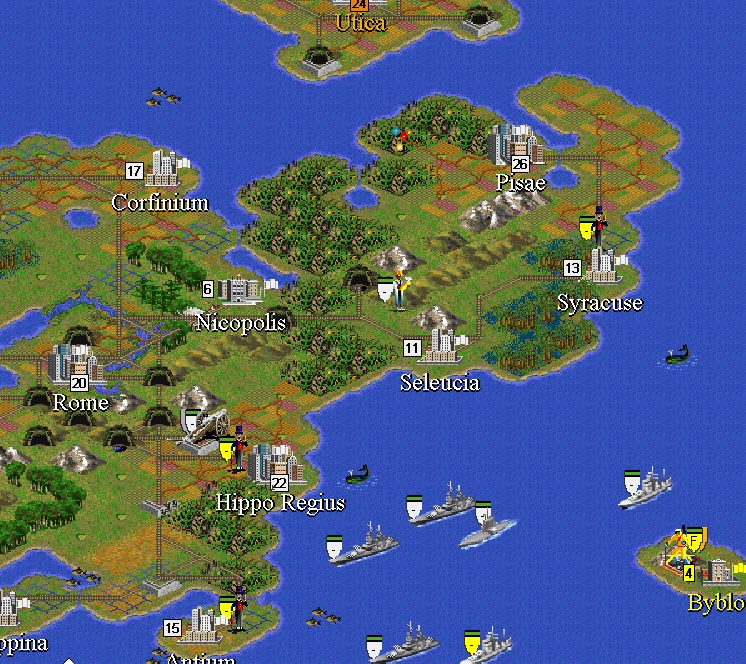

The telescope will be able to gather data about the objects’ composition, shapes, rotational states and orbits. The project’s goal is to locate at least two-thirds of the near-Earth objects that are 460 feet in diameter or wider. NEO Surveyor will be 20 inches in diameter and will search the heavens for Earth-approaching objects in the infrared range. Currently, NEO Surveyor is scheduled to launch in 2026 for a mission lasting at least five years.

In 2021, NASA authorized funding for a space telescope called the Near-Earth Object or NEO Surveyor that would be dedicated to detecting and characterizing Earth-approaching asteroids that may be a threat. Thus, NASA wants to detect killer asteroids in time to ward them off. However, setting off an explosive on or inside an asteroid or comet would make a lot of little rocks out of one big one and perhaps make the problem worse. Scenarios in which heroic astronauts travel to the approaching space rock to blow it up may make for great cinema.

When we can deflect an asteroid that is still years away from hitting the Earth, we avoid riskier methods. The farther away it was, the easier it would be to deflect in time. All would depend on how far away the potential killer asteroid was. While this was not a danger to us, if a similar impact were to be achieved against an asteroid that were headed for a collision with Earth, the smallest change in direction and speed might be enough to spare our home planet from devastation. Scientists will not know for weeks how great an effect the impact had. The mission’s goal was to change Dimorphos’ orbit (between 73 seconds and 10 minutes).


 0 kommentar(er)
0 kommentar(er)
